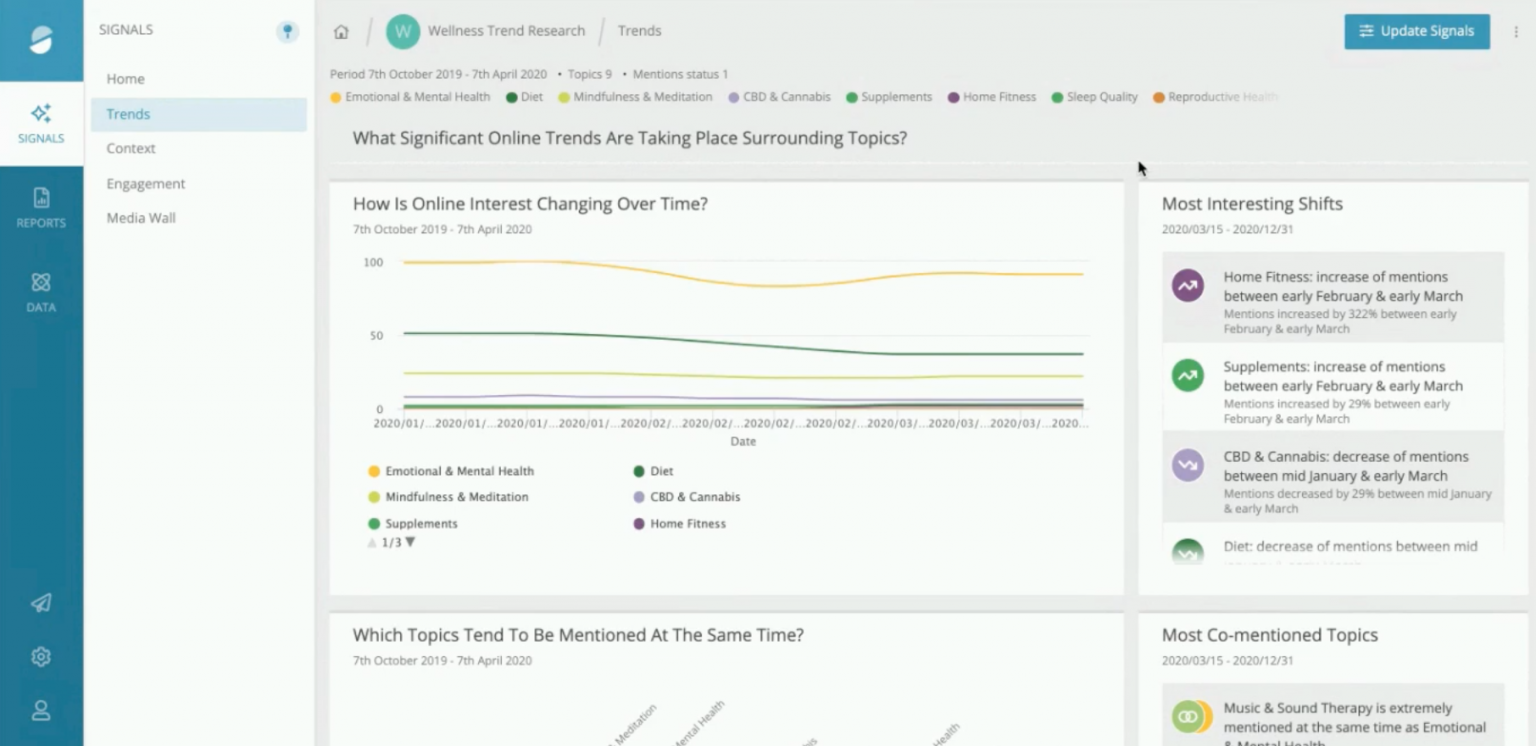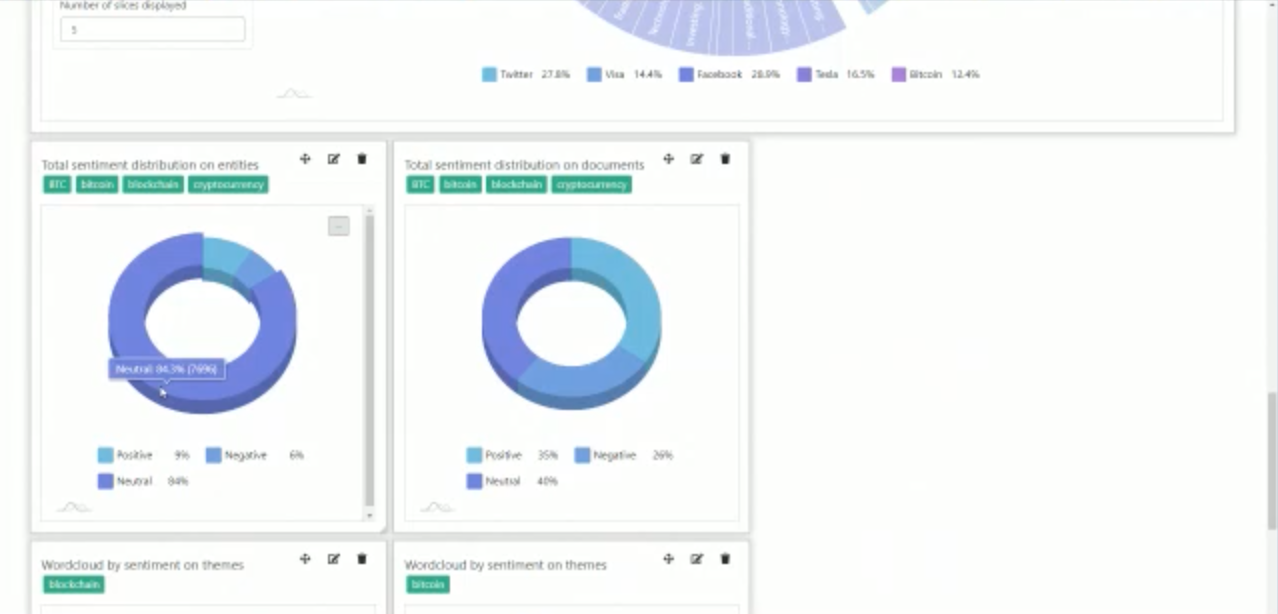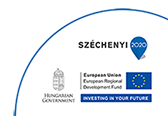
With such a massive amount of social data available now, there are plenty of insights you can gather and analyze around audiences, brands, and society as a whole. You get to identify the latest trends and monitor how people are responding to your brand, for starters.
But how much can social data tell you about future trends and opportunities? Can social data predict the future? These were just a couple of the questions that came up during this year’s SIL Tech Demo Day.
How can you extract trends from social data?
Analyzing social data – people’s conversations, interactions, and behaviors online – can reveal meaningful insights about how consumers currently think. Tracking this data over a period of time can help you to identify relevant shifts in interest, which could help you anticipate future trends.
Platforms like Synthesio come with robust trend analysis tools to monitor how consumer interest evolves over time based on changes in conversation volumes. As conversation volumes peak around a certain topic, the platform can detect these trends that consumers are interested in. Similarly, drops in conversation volumes indicate when certain topics are no longer of interest.
 While this is great for uncovering current trends, it can also be used to anticipate upcoming ones before they go mainstream. Synthesio can detect distinctive trend patterns, which it then uses to predict the future impact. It also uses these patterns to differentiate between trends that are just temporary fads vs. trends that are here to stay.
While this is great for uncovering current trends, it can also be used to anticipate upcoming ones before they go mainstream. Synthesio can detect distinctive trend patterns, which it then uses to predict the future impact. It also uses these patterns to differentiate between trends that are just temporary fads vs. trends that are here to stay.
With Synthesio you can track how trends evolve over time
Looking at the bigger picture
To get a more comprehensive look at the future implications through social data, you need to look at the bigger picture. This involves analyzing societal shifts by assessing the wider context of social data. So it’s not just about identifying the latest trends and anticipating future ones. Rather, it’s also about understanding what those trends mean to businesses and who influences them.
A platform like Bloom comes with tools to differentiate between the weak and strong trend signals within a community. This allows you to quickly focus your efforts on the top risks and manage them before they turn into a major problem. Similarly, you can also identify and capitalize on opportunities as soon as possible.
.png) On top of this, platforms like Bloom can also identify the people and networks that influence trends around a certain topic, event, or brand. This helps to evaluate the current and potential impact of the influencers and influence networks.
On top of this, platforms like Bloom can also identify the people and networks that influence trends around a certain topic, event, or brand. This helps to evaluate the current and potential impact of the influencers and influence networks.
With Bloom, you can differentiate between weak and strong trend signals
How far into the future can you predict?
Social data analytics platforms are still evolving. And with the constant changes in consumer interests and people’s increasingly shorter attention spans, it can be difficult to predict trends too far in the future. So it may not be possible to predict what might happen in the next year; but you should be able to get reasonably accurate predictions for a few weeks or months.
Platforms like D-Tag, for example, can analyze consumer sentiments toward a particular product and make sales forecasts 6-8 weeks out. The platform monitors social media conversations around a particular product and detects consumer sentiment from those conversations.
It compares this sentiment with weekly sales data and then makes fairly accurate predictions about future sales. Businesses can then use these predictions for supply chain planning as well as pricing and sales strategy.

Platforms like D-TAG can analyze consumer sentiments toward a particular product
What are the limits to social data?
One thing to note is that social data analytics isn’t magical. It’s not a crystal ball. Its predictive implications come from analyzing trends and conversations within social media.
So it can’t predict that a pandemic might happen well before the first case is detected. But it may be able to tell that we’re heading toward a pandemic when enough cases have been detected and people are starting to talk about it on social media.
Social data doesn’t tell you “this will happen”; but it tells you “this is what could happen based on current and past trends.” So the short answer is that social data can’t really predict the future. But it can make some forecasts about possible future implications.
In addition, the future predictions that you get from social data aren’t actionable. They can only show you “here’s what could happen” but it doesn’t tell you “here’s what you need to do.” The insights that you get are only as good as what you do with them.
Get in touch
Contact us!
- Seattle, US
- Budapest, HU
- +1 206 649 9215
- +36 70 622 1039
- nuance@d-tag.com



